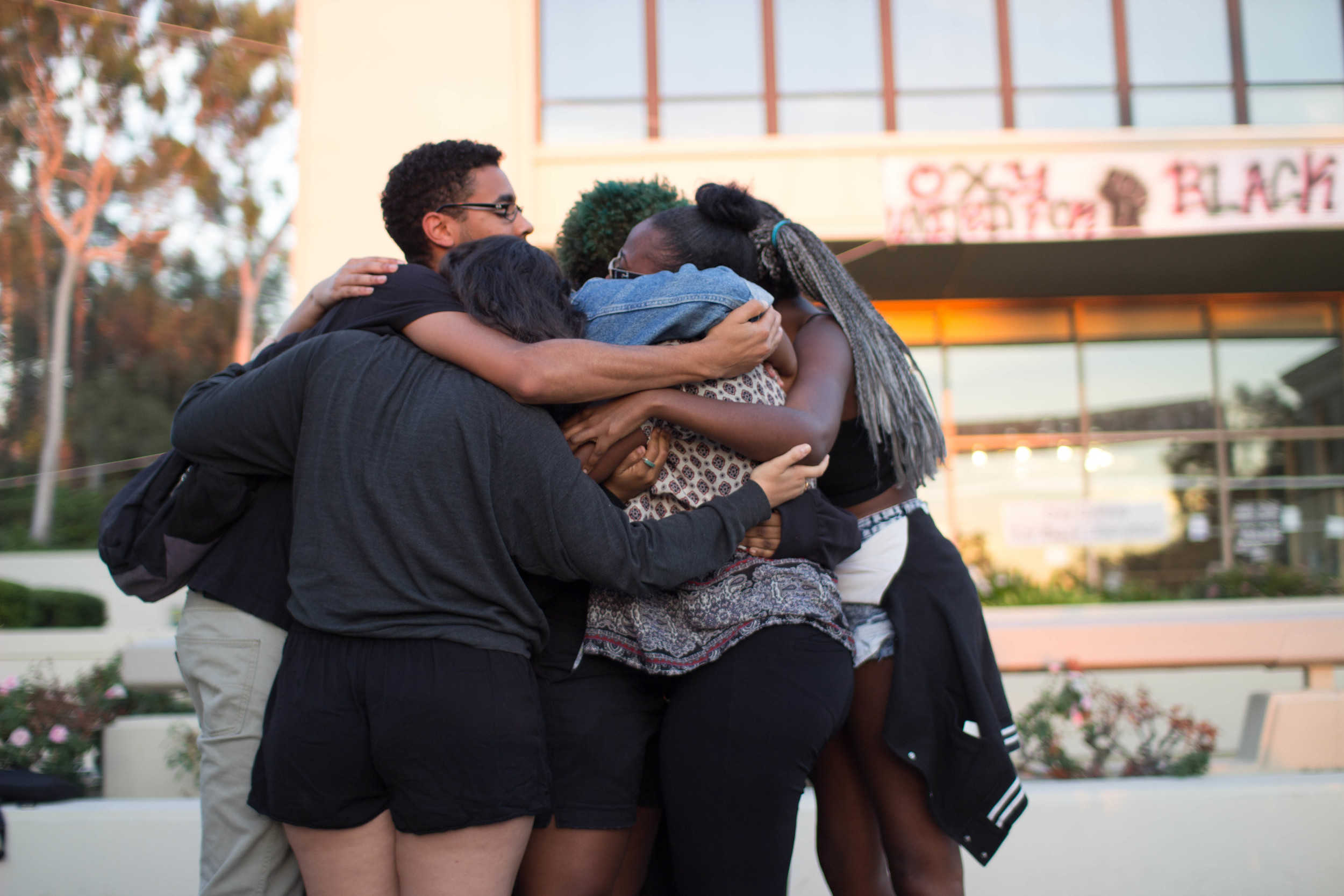Last November, Occidental student activists began a movement seeking institutional change and administrative action regarding matters of diversity, equity and inclusion. These student activists founded Oxy United for Black Liberation (OUBL) as a vehicle for organizing. From Nov. 16–21, OUBL protesters and other students occupied the Arthur G. Coons Administrative Building (AGC). The occupation heightened the urgency of long-voiced student pleas for an academic institution that values the unique experiences and needs of students of color.
![]()



































